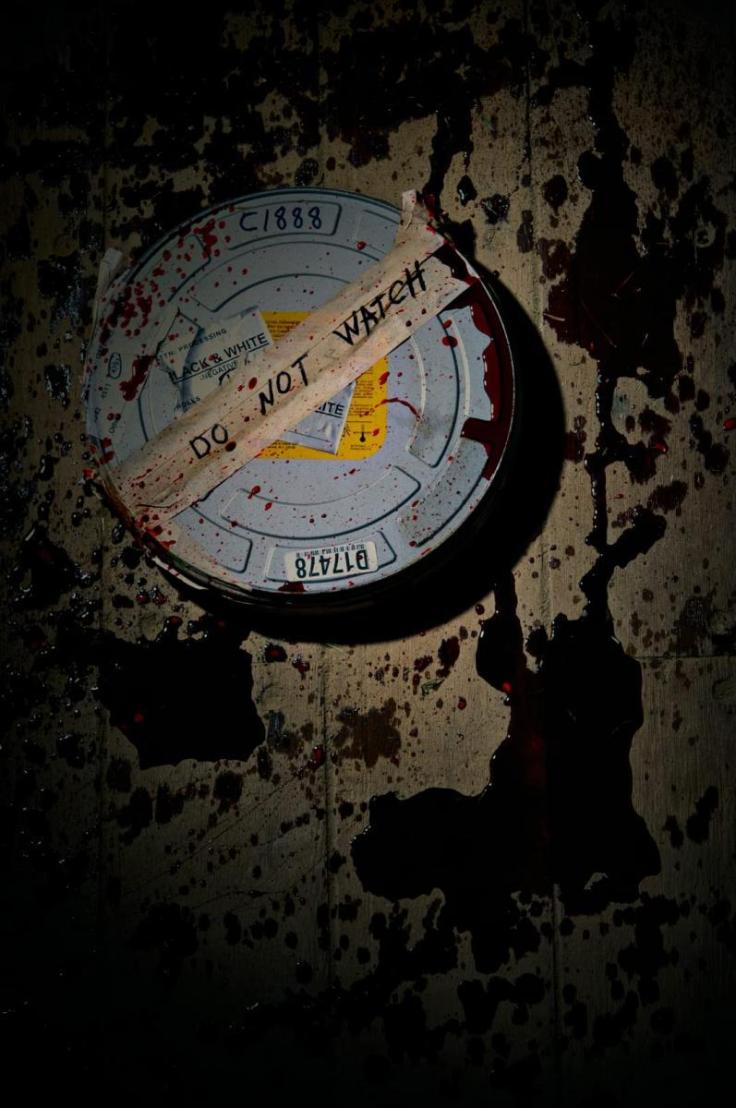The variety of stories within found footage — a catchall term for any kind of first-person narrative — is far greater than it’s given credit for, despite the detractors often dismissing it all as one-note and derivative. I admit, as someone who has watched more than their fair share of these kinds of movies, a sizable portion of them is guilty of imitation and sameness. Yet like the characters populating the subgenre, the search to find that elusive treasure is hard to resist. By that, I mean a movie that stands out. One fully demonstrating how the creator chose the format not because it was achievable and economical, but because it would have a greater impact on the story than traditional filmmaking. Case in point: Justin Janowitz’s movie Do Not Watch. This starts off looking like its peers; the characters are on the hunt for answers to a confounding mystery, only to then become victims of their own fatal curiosity. Soon enough, though, the movie reveals it has far more going on both beneath and above the surface.
“What you are about to witness is a compilation of the events surrounding the disappearance of a post-production crew as they worked on research footage from the 1980s.“
An opening statement like that is rather run of the mill for found-footage horror, however, it doesn’t even convey the stratified nature of Do Not Watch. The setup may be confusing at first, but everything becomes clearer in due time. The aforementioned disappearance pertains to three researchers who became trapped inside a hidden bunker in the woods circa 1980s, then filmed the uncanny goings-on of their predicament. The next level of this Russian Doll-esque movie is the post-production company, Illusion Post, editing the footage recovered from “The Bunker Anomaly.” That is when Illusion’s employees start to experience a bizarre and inexplicable hold on them, stemming from the project’s source material. Lastly, the remaining level of this movie is simply the audience: you become a component — maybe the most important one — in Janowitz and writer Ryan Toyama‘s story. Without you as witnesses, did any of this really happen?

Do No Watch is bold, even for found footage. Rather than taking on just one case of the unknown, it takes on two (three, if you count whatever is going on in the bunker before the ’80s cast shows up). The audacity isn’t without caveats, of course. The pile of now-cursory characters limits any chance of substantial development (although that’s not unique to just Do Not Watch), and frankensteining the stories meant no room for any of the simulated, in-between tedium that helps make these movie feel more plucked from reality. Framing this as a third-party assemblage softens the harm; the streamlining is intentional, seeing as the unseen compiler excised anything deemed superfluous in favor of footage that progresses the story. Another matter is the obvious limitation of visual effects necessary for something so high concept.
Do Not Watch is commendable for its go-against-the-grain approach; in universe, the movie indirectly tells you to stop watching many times over. That lone feature makes it quite unlike anything else in the horror genre. However, and as to be expected, the more you are told to not look, the more you want to. Well, disregard all warnings and feast your eyes on this movie once you get the chance. It has minor flaws to consider, yet the idea and execution are both refreshing. Found footage finally feels dangerous again.
Do No Watch screened at Unnamed Footage Festival 2024.


Leave a comment